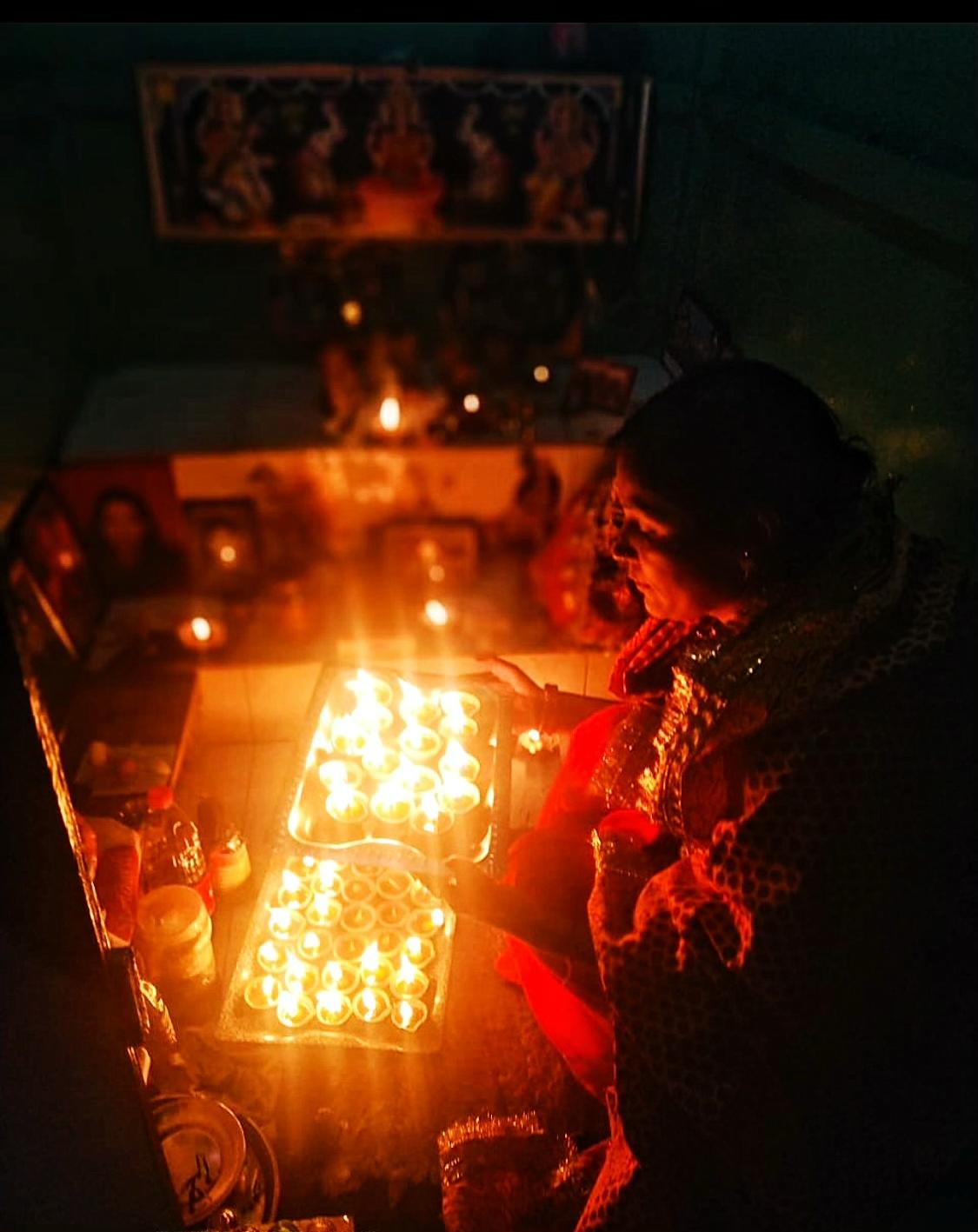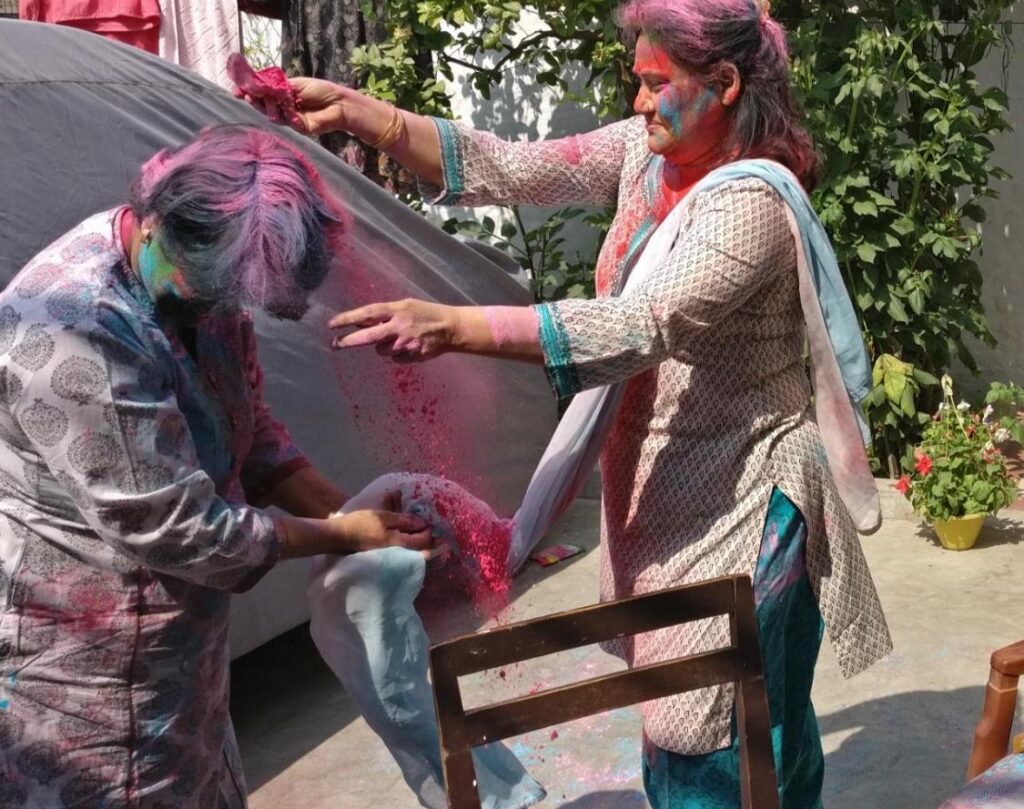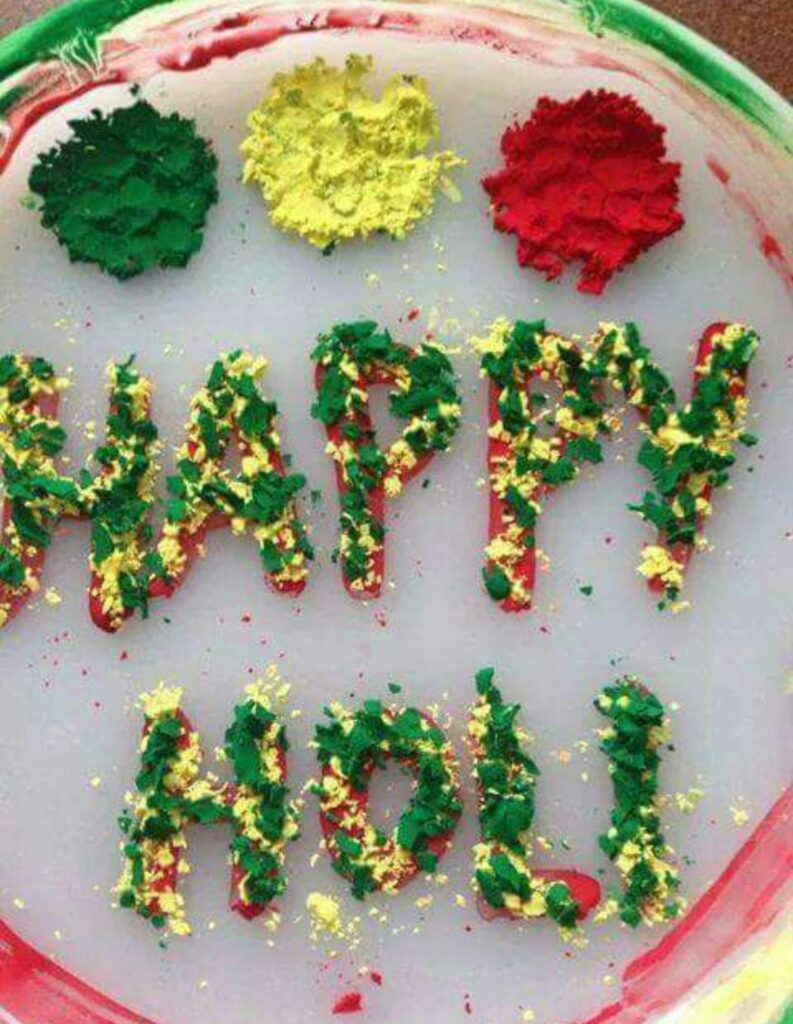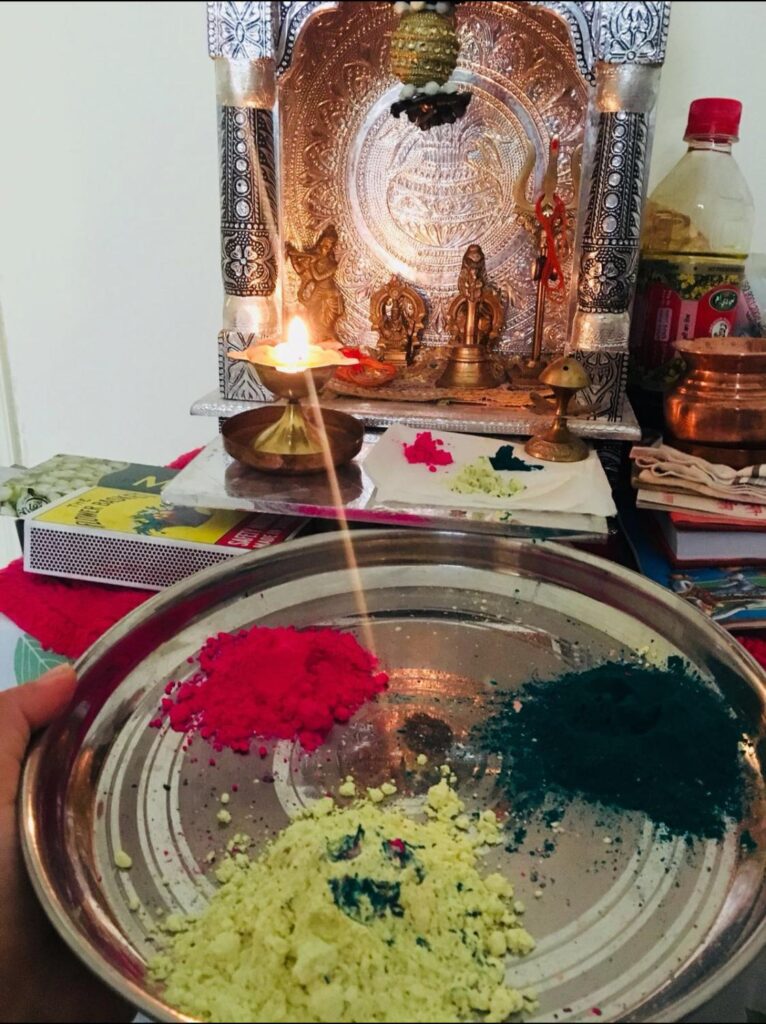India is one of the most religiously, ethnically, and linguistically diverse countries in the world. Every ethnic group has its own belief and principles.
Hindus, Sikhs, Jain, Bodh, Muslims, Zorastrian, Christin, Jews, and other minor religions and communities coexist in India harmoniously.
Every belief comes with its way of celebrating events, unique to them in the form of festivals, and it’s one of the reasons India is known as the land of Festivals.
People of each faith celebrate every festival with immense joy and happiness, and that the reason why India is United after so much diversity.
Festivals are meant for joy; everyone comes together and shares their happiness.Family and Friends unite, and they create an environment that is full of enthusiasm.
Celebrations help to kill enmity and ill feelings among people. In addition, sharing gifts and presents with each other strengthen their relationship.
Be it, children, youth, or old every one feels new energy that fades away in day to the daily rat race. Festivals give a break, break from the old monotonous life.
State-wise, Religion wise and community wise different festivals celebrated in India. Although the celebrations are scattered throughout the year, Sept to January is when India becomes vibrant like never before, Because some of the significant festivals fall in this duration.
The list of Indian festivals is very long, but here is what are some of the most important ones,
1) Diwali/Deepawali (The festival of lights)
It is one of the most prominent festivals in India. It commemorates the victory of the forces of light over the forces of darkness.
Diwali is celebrated with great pomp and show; people decorate every corner of their workplace and home. Earthen lamps are known as Diya or Deepak lits; It is ensured that there is a continuous supply of sweets.
Neighbors, Relatives, and friends visit each other’s houses with gifts and sweets.
Belief and Significance
It’s believed that it was the day when Lord Ram returned to Ayodhya(his hometown) after his fourteen years of exile with his younger brother Lakshman and wife Seeta. People of Ayodhya welcomed him with earthen lamps.
It is also believed that the Goddess of fortune, “Lakshmi,” visits the earth on this day and stays in the home, which is clean and well decorated.
Hindus do Puja on the Main Diwali day to please the Goddess, so prosperity and happiness remain constant.
When:- The darkest new moon night of Kartik month of the Hindu lunisolar calendar falls in mid-October – mid-November as per the Gregorian Calendar.
Where:– It is celebrated not only in india but also all over the world by the people of the Indian diaspora. But the northern part of India, comprised of states like Haryana, Punjab, Delhi, Rajasthan, Gujarat, Uttarpradesh, and Madhyapradesh, celebrates on a much larger scale.
2)Holi (The Festival of colors)
Holi is the most ambient festival in the country, colorful powders called gulal, and water balloons are thrown on each other, sweets are distributed, enormous public gatherings are arranged, folk songs are played and sung, dances are performed in every part of India.
Belief and Significance:- Demon king Hiranakshyapu got the boon from Brahma that no man or God, no animal or bird, not in daytime or night, Not on earth or in sky anyone can kill him.
Brahma granted the boon.
Soon he thought that he became immortal and declared himself God.
He asked people who else worship any other God will be killed.
But, things became strange when his own son Prahalad started worshipping Lord Vishnu and denied the supremacy of his father as God.
This angered Hirankashaypu, and when even after a lot of tortures, Prahalad was still resistant that Vishnu is the real God.
Hirankashyapu decided to end his own son’s life. So he Summoned his sister “Holika,” who has a boon in the form of a cloth, that Fire will not burn her when she wears the fabric.
Holika Sat with Prahalad on her lap in Fire, but by God’s grace, the cloth flew from her and covered Prahalad. So Holika turned into ashes, and Prahalad escaped.
People rejoiced and play with the ash the next day.
When:- Holi celebrated the beginning of the spring season in india and celebrated on the full moon of Phalgun. The night before Holi, people gather around a bonfire and take part in the ritual of Holika Dahan.
Where:– Holi is celebrated in different manners in different parts of the country like
1.Lathmar Holi in Barsana (Uttarpradesh)
2.Dol Yatra (Bengal and Odisha)
3. Royal Holi (Rajasthan)
4. Hola Mohalla (Punjab)
5. Dhulandi and Flag (Haryana and Rajasthan)
The place may differ, the way of celebration may vary but the common
is the zeal and use of colors.
Mathura and Vrindavan etc., are the most sought places on Holi.
3 )Raksha Bandhan
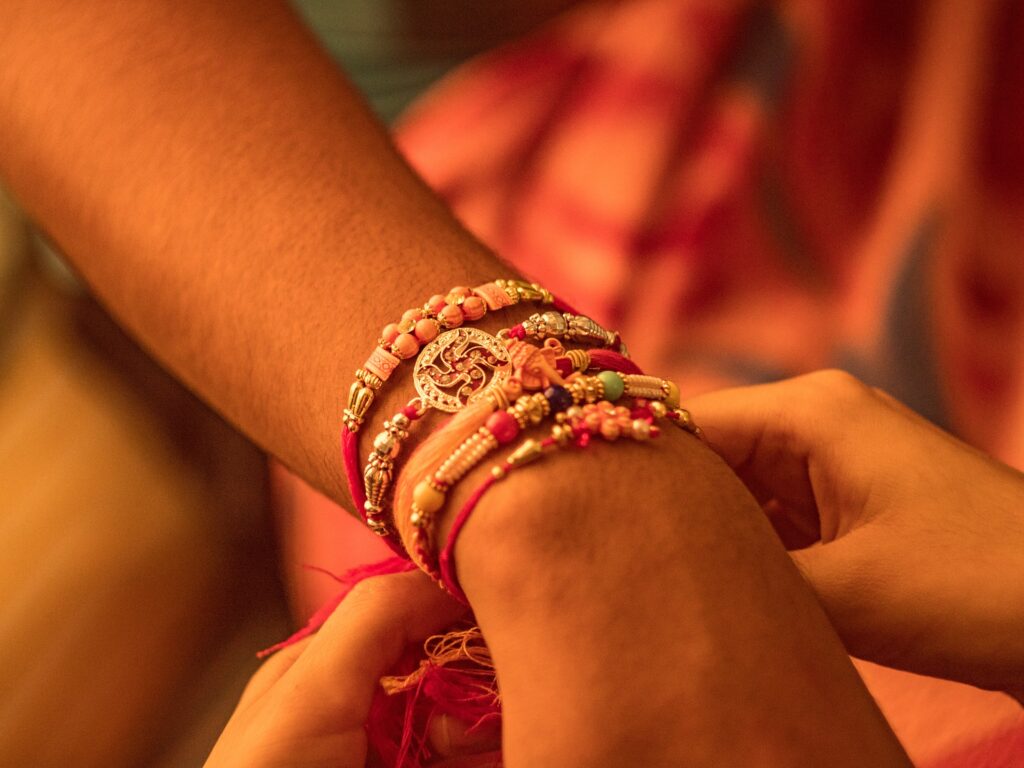
Known as Rakdi, Rakhi or Saluman is the festival that celebrates the special bond between brother and sister.
On the day of Rakshabandhan, Sister of all age ties a holy thread on the wrist of brother, do Tilak to brother, and receive gifts in return from the brother.
When:- Rakshabandhan is celebrated on the Purnima (Full moon night) in the month of Shrawana (Hindu Lonarsolar calendar), which usually falls between July- August.
Where:- Rakshabandhan is majorly celebrated in the northern part of India.
3)Eid-al-Fitr:-
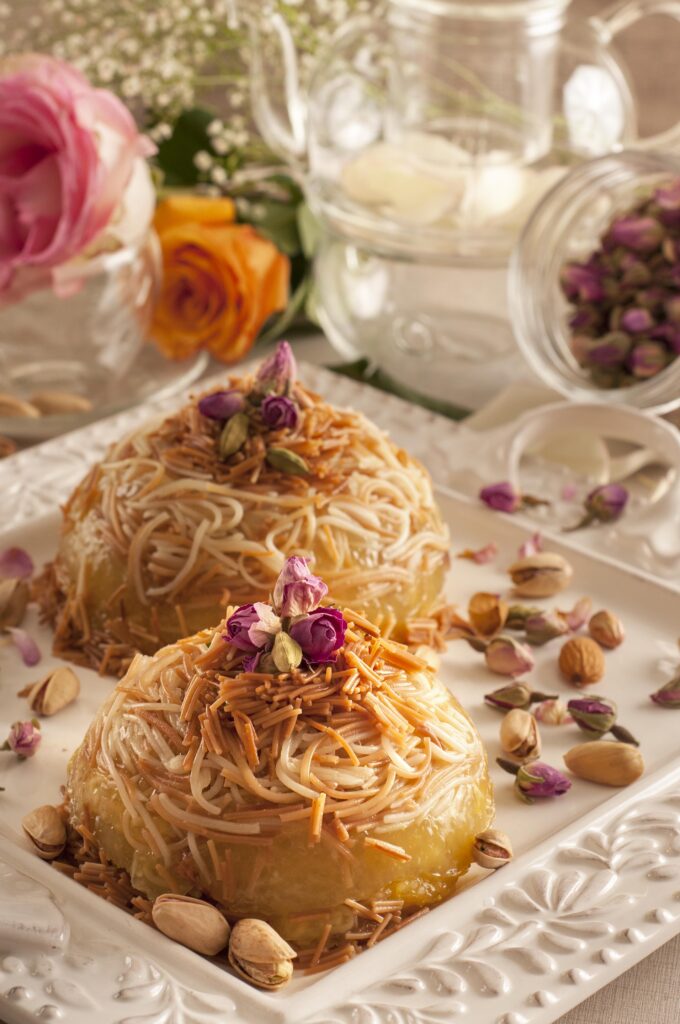
It marks the end of the sacred month of Ramadan. People who kept the month-long fast break it after Morning prayers are performed.
Blessings are exchanged, family gatherings occur, Elder gives ‘eidi’ to the younger.
Charity and Donations are provided to the poor.
This festival lasts for three days, i.e., one day less than another significant Islamic festival, Eid-al-Adha, called “greater eid.”
When:- Usually falls between May and June.
4) Rath Yatra:-
It is one of the main festivals of the state of Odisha. Huge Chariots are made for the Jagannath temple’s divine siblings.
They carried out from the temple and sat of chariots, Lacs of people pull them to reach the Gudicha temple.
It is the most important festival whose preparation started a month ago.
Usually, People other than Hindus are not allowed to enter the temple, so people who have the devotion to the lord can have glimpses of The divine Siblings “Balbhadra,” “Jagannath,” and “Subhadra.”
Where: Although the main temple is in the city of Puri, most of the big Krishna temples worldwide celebrate this with equal zeal.
When: It is celebrated between June – July.
5) Makar Sakranti:-
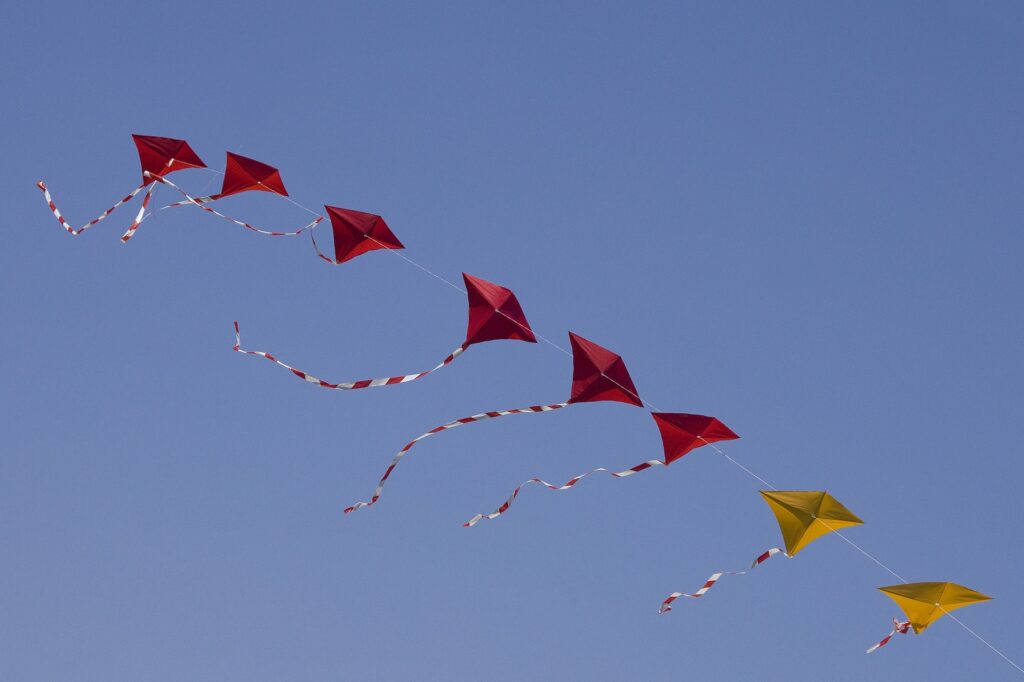
Usually falls on 14th January, celebrated with different names in different parts of the country.
Lohri and Uttarayan are among the most popular them.
Uttaryana: This is celebrated in Gujarat. On this day, the whole sky gets covered with colorful kites of different designs and colors.
On this day, international kite day is celebrated too in the “Ahamdavad” city.
It is celebrated in Gujarat, but the best location to encounter the delightful view of bright skies is either the Sabarmati Riverfront.
Lohri:- It is celebrated as the Harvest festival in the states of Haryana and Punjab.
It is celebrated with the beating of Dhol, the singing of traditional Lohri songs.
Small children visit the homes of neighbors and ask for gifts. At night a bonfire is set, and people celebrate with each other.
6) CHRISTMAS:
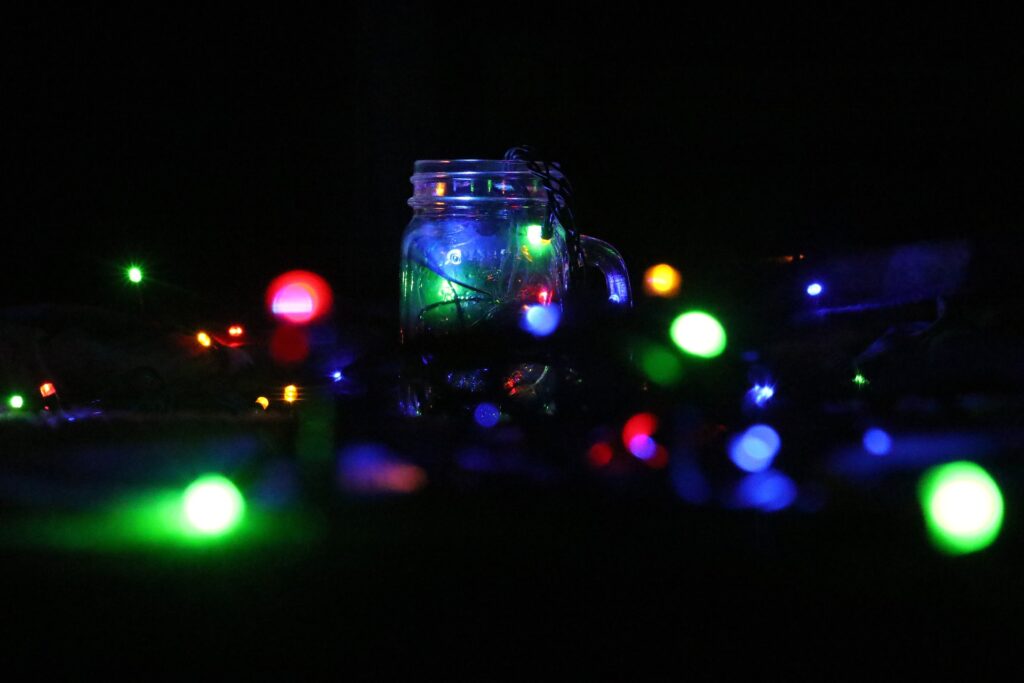
It is a prominent Christian festival celebrated by people of all religions in india.
This festival marks the birth of Jesus Christ. It is widely celebrated since the 9th century. Houses are celebrated with lights, lamps and flowers, and candles. This light represents that Jesus is the light of the world. Christmas trees are decorated, star-shaped lanterns are hanged, melodious songs are sung, delicious meal is prepared, blessings are exchanged, people greet each other with ‘Merry Christmas. In india
When:-
It is celebrated on 25th December month.
Where:-
It is widely celebrated in the southern, northwest, and Deccan regions because of its high Christian population.
7)Baisakhi or Vaisakhi:-
This is a festival that is spiritual to both Sikhism as well as Hinduism.
This festival marks the starting of the harvesting season, and on this day, the tenth guru of Sikhism, Guru Gobind Singh Ji, formed the Khalsa Panth in 1699.
People visit Gurudwaras to worship, enjoy Nagar kirtans, sing folk songs, perform typical Punjab dance forms of Bhangra and Gidda; delicious meals are prepared, people bathe in the holy water of Ganga, dress in new outfits, and draw rangolis at the house door.
Where:-
It is widely celebrated in north india with immense joy and happiness.
When:-
It is celebrated on 13th April every year and on 14th April every 36 years.
8) Dussehra
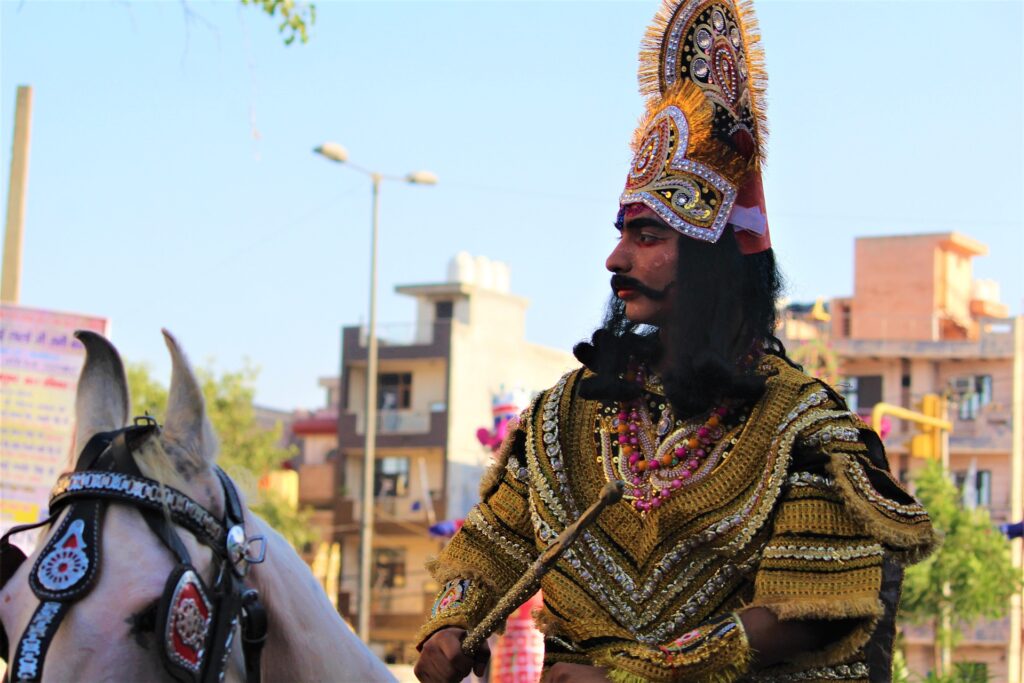
Dussehra, also known as Vijayadashami, is one of the most important festivals in India.
Different Indian state celebrates the same festival in different ways,
Ravan Dahan
The northern part of India starts it nine-day prior with Ramlila (enactment of scenes from Ramayana) is held everywhere for ten days. It’s culminated with “Ravan Dahan” – the burning of huge effigies of Ravana, Meghnath, and Kumbhkaran, which is a spectacle to see.
Mysore Dassara
Here in Mysore, the festival is not associated with Lord Rama, but Devi Durga when she killed the demon Mahishasura.
The Royal family of Mysore attends the colorful programs organized by the residents.
The whole Mysore palace is brightened up with thousands of golden lights.
Kullu Dashara
It is celebrated for ten days welcoming their mountain deities in the valley.
Traditional dances and music covers the valley and keep you mesmerized.
When: It is celebrated on the the10th day of the month of Ashwin according to the Hindu lunisolar calendar, which usually corresponds to September or October.
lunisolar calendar, which corresponds to September or October of the Gregorian calendar
Where: Pan India
Things To Do: Visit Dussehra celebrations, attend Ravan Dahan, visit prominent temples to glance celebrations.
9) Navratri:-
Navratri is the festival of feminity, The festival that celebrates womanhood.
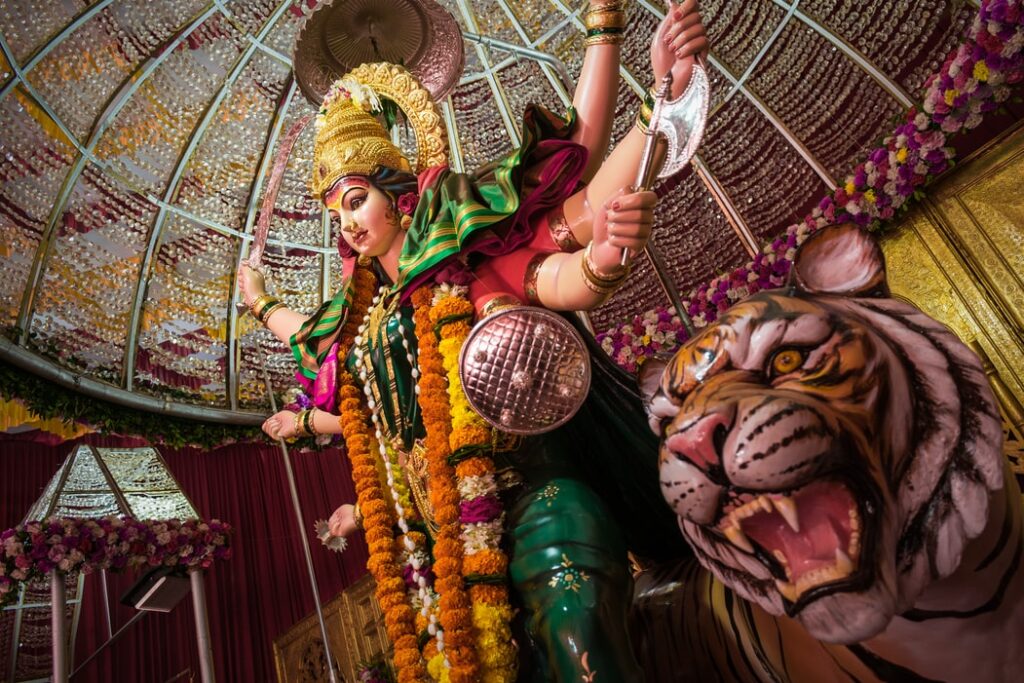
It is a Nine-day festival in which Goddess Durga is worshiped in the Pan India wise, in different ways, with other names.
When: Celebrated in the First to Ninth day in the month of Chaitra according to Hindu Calendar, which generally falls in the month of March to April.
Kanjak Pooja
In northern India, People do fast for nine days and do Kanjak pooja on the 9th day of Navratri. On this day, little girls are invited for food; these little girls worshiped and given gifts.
Navratri
The Gujarat state of India covers itself with a beautiful bride during this festival. Then, people gather in colorful attires to play Garba.
This folk dance has grooving music and a different and unique way, which gives it a unique identity.
Goddess Durga is always the center of this dance. It starts with her worship.
Durga Pooja
West Bengal and Odisha state uniquely celebrate feminity; unlike the rest of the country, it is celebrated here in the last three days.
Enormous and mesmerizing pandals are built in different parts, and creativity reaches its peak when each pandal chooses a different theme.
10) Mahavir Jayanti
It is the birthday of Shri Mahavir Ji. He was the 24th Tirthankara of Jainism, so it is the most significant festival of Jains.
Jain temples are decorated on a very large scale. Special Puja and offerings are maids.
Where:- Rajasthan and Gujarat have a lot of Jain population; hence Grand celebrations are viewed here.
The state of Gujarat holds the biggest fair during the festival. Palitana and Girnar in Gujarat are the most significant places of worship.
When:- It usually falls in April according to the gregorian calendar; according to Jain’s lunar-solar calendar, the day is the 13th day in the month of Chaitra.
11) Onam
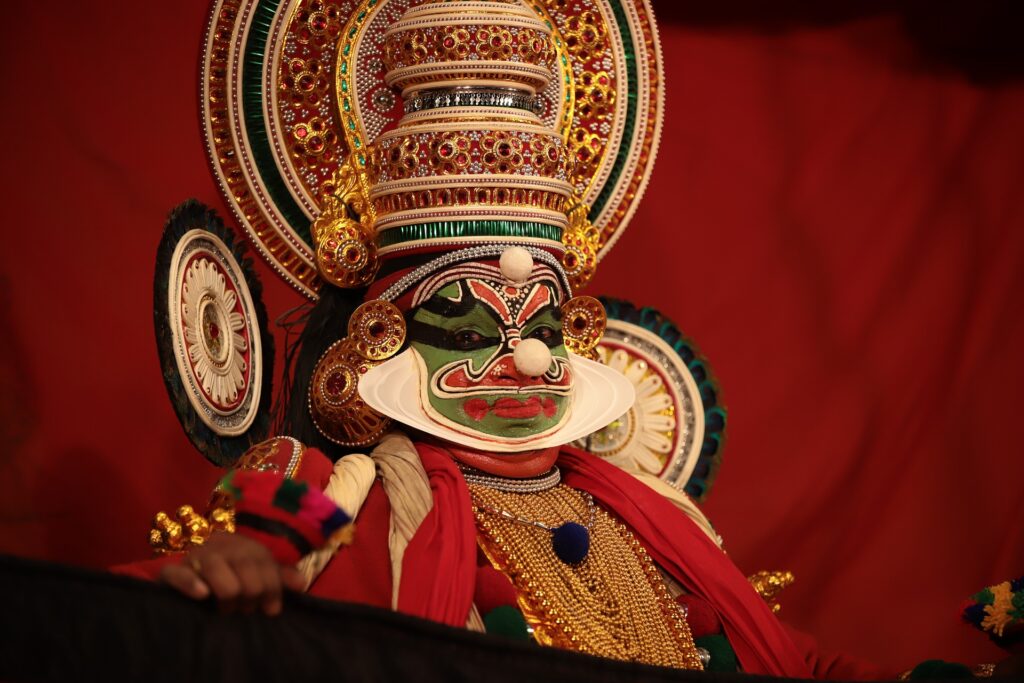
It is one of the major festivals of the state of Kerela and other south Indian states.
People from all religions and caste celebrate it with unity. The festival is the commemoration of the Vamana avatar of Vishnu and the homecoming of King Mahabali.
Sadya is prepared and is eaten with family; Rangoli is prepared on the door to welcome the guests.
Where:-
Onam is celebrated in Kerela and Other South Indian with great joy.
When:-
It is celebrated in the month of Chingam in the Malayalam Calendar, which falls between August and September.
12) Republic Day:-
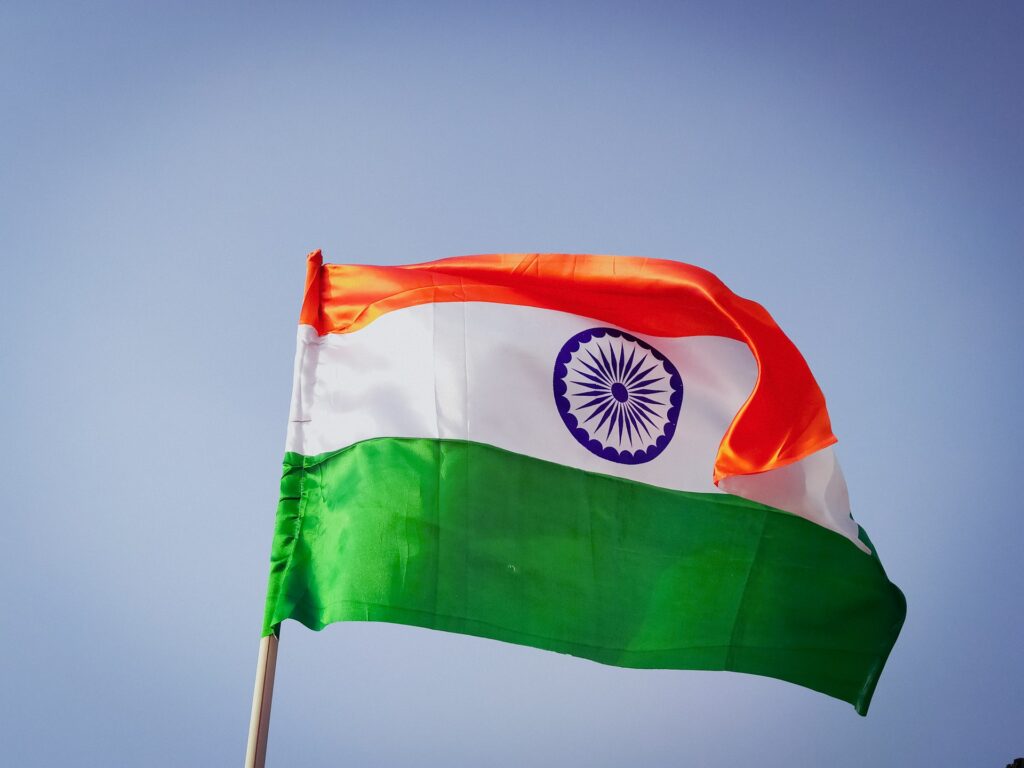
On 26th January 1950, the Indian constitution is enforced, and this marked the beginning of India as a Republic country.
Ceremonial parades, colorful display of various tableau from the various state of India in front of Prime minister of India and President and other dignitaries.
Where:–
Celebrated Pan India, but the major attraction is the Rajpath in the Capital city of Delhi.
When:-
Republic day is celebrated on 26th January every year.
13) Independence Day:-
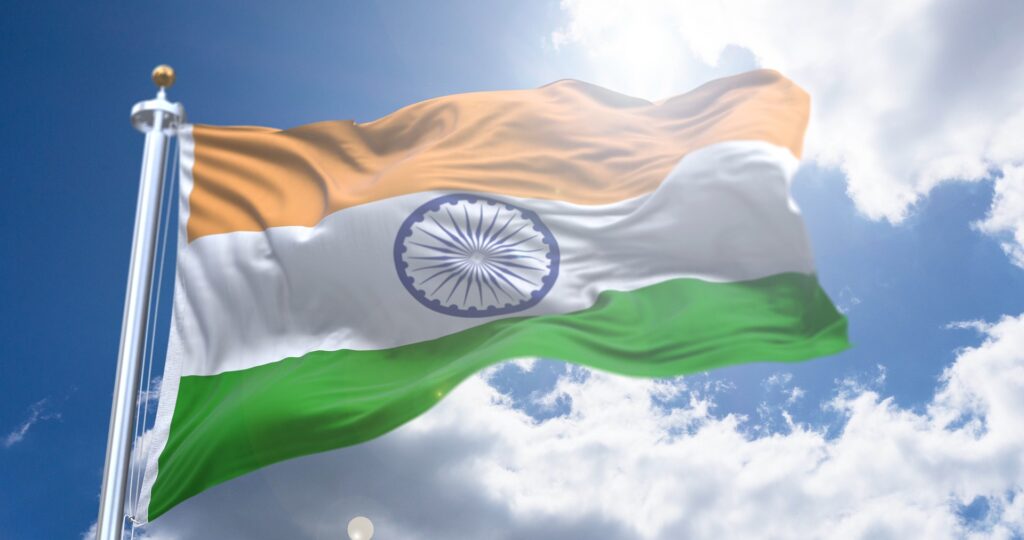
Every Religion, Every state has its own festivals, but still, the diversity doesn’t fall used apart, but that’s what makes us rich.
Rich in culture, rich in happiness, and rich in enjoyment. India bounds us together.
The word India unites us.
The same India, which was once colonized by the Britishers, India was looted, and Indians were treated as 2nd class citizens.
Our great Indian leaders, without thinking about their caste and religion, and belief, joined the Independence movement.
And provide us Independence from the oppressors on 15th August 1947.
People of India still remember their Independence and show their respect to those who lost their lives for us.
The Prime minister of India unfurls the National flag “Tiranga” on the red fort to show that we are free, Free to make progress.
Where :-
Independence day is celebrated in Pan India, but the Prime minister hosts the flag on Red fort “Delhi.”
When:
It is celebrated on 15th August every year.
These are some of the festivals, which is not even 10% of what India celebrates.







